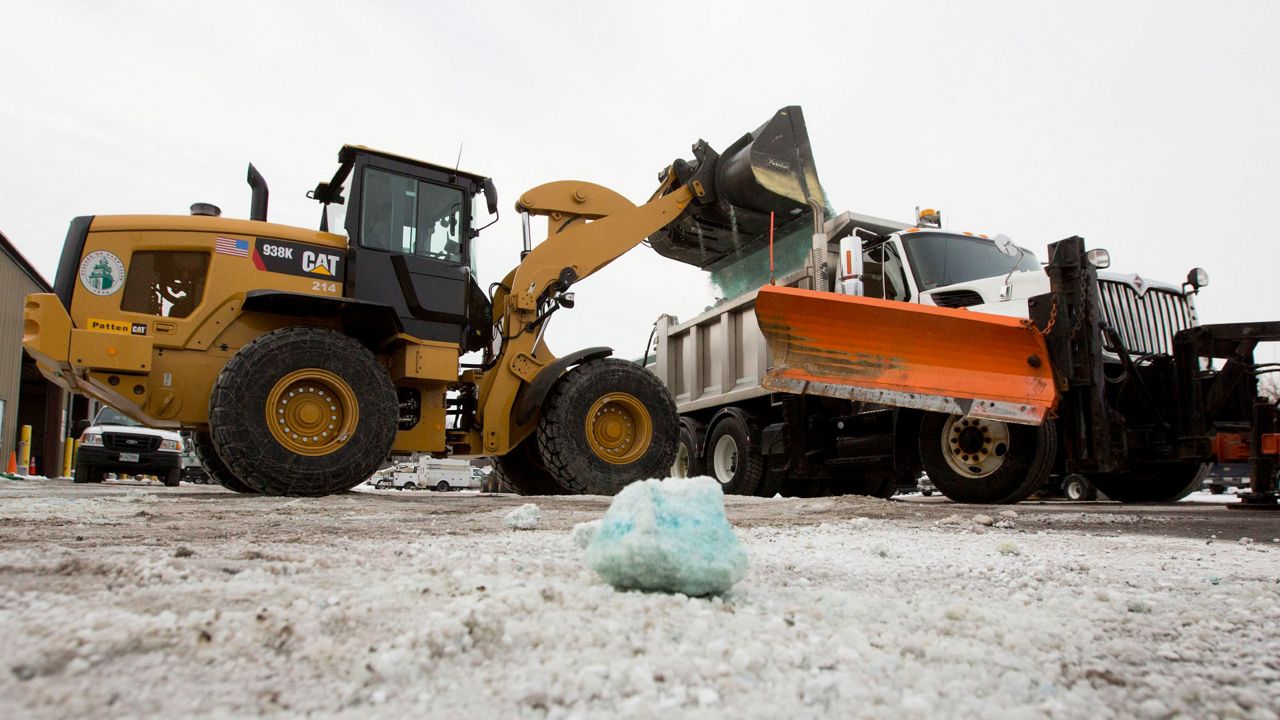About 10 million tons of salt are used to treat our nation's roadways every year.
What You Need To Know
- Salting roads keeps highways clear in winter weather
- Salting can have negative environmental impacts
- Some cities have come up with interesting ways to reduce winter salt use
Salt reduces the freezing point of water, so it becomes more difficult for snow and ice to stick to the roadways when it's spread on pavement. While it's necessary to keep traffic moving, using salt does come with an environmental cost.
Salt dissolves into sodium and chloride ions. Of bigger concern is the chloride, which is transported relatively easily. These ions are carried away by runoff, and from there can eventually find its way into nearby creeks and streams.
This can impact wildlife when concentrations of salt in these water bodies increases. It can also build up in the shallow soil near the roads, attracting deer and elk, potentially causing accidents. In some cases, it can even increase concentrations in our drinking water.
At the moment, salt is the most efficient and cost effective option to keep roads clear in the winter. So, our best option at the moment is to find ways to use less.
Some strategies are already in use. Roads are salted before a winter storm arrives. Preventing roads from icing uses much less salt than treating them once snow has already begun to stick. Mixing the salt with water to create a brine is also effective in using less overall.
A few municipalities have found some more creative ways to do this. Beet juice, sugarcane molasses, and even cheese brine have been mixed with salt brine. That allows 20-30% less salt to be used while roads are treated.
While there are environmental impacts from salting roads, it is currently the best way we have to keep the highways clear. But the hunt is on for more environmentally friendly methods. One option scientists are currently investigating is if harnessing solar power could keep the roads just warm enough to prevent ice and snow from accumulating.



